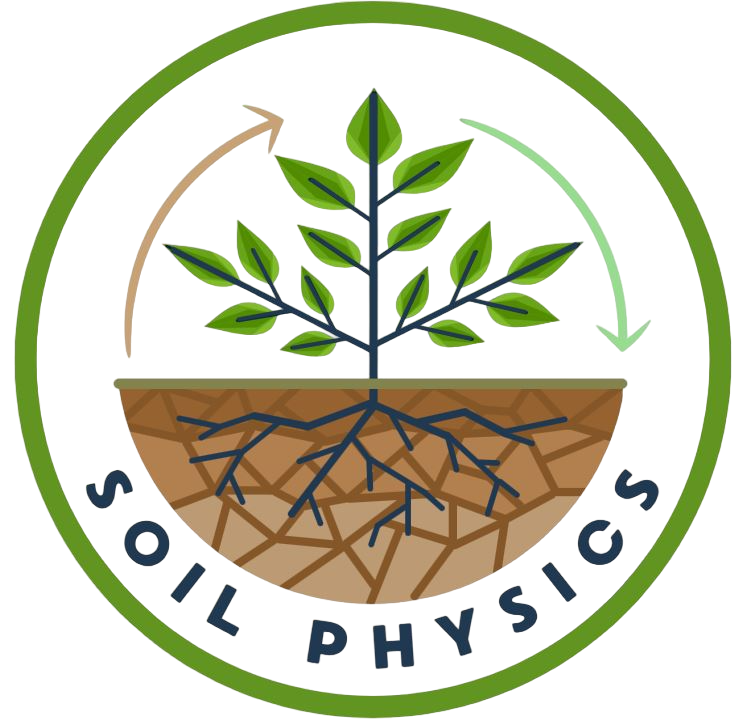Current Theses
Bachelor's Theses | |
| Juanita Voshage |
The influence of soil structure on reactive and conservative transport of chemicals in unsaturated soils Supervisor: Efstathios Diamantopoulos, Ben Gilfedder |
| Eurich Johannes |
Biogenic VOCs emissions from soils Supervisor: Efstathios Diamantopoulos, Anke Nölscher |
| Theresa Wittig |
The effect of soil structure on soil evaporation Supervisor: Frederic Leuther, Efstathios Diamantopoulos |
| Alina Langaki |
The effect of crop resiudes on soil hydraulic properties Supervisor: Frederic Leuther, Efstathios Diamantopoulos |
Master's Theses | |
| Sarah Bossinger |
Einfluss der Bodeneigenschaften auf die Verteilung der Naturverjüngung im Klimawald Bayreuth Supervisor: Frederic Leuther, Eva Lehndorff |

